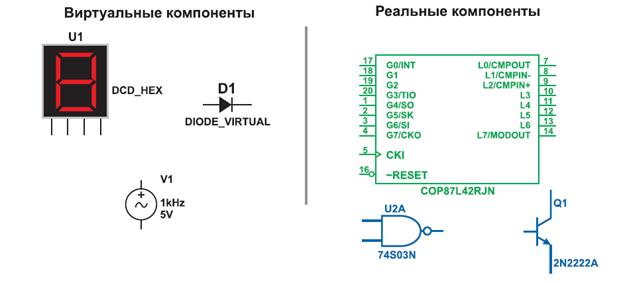Basic principles of vocabulary selection
In spite of certain progress achieved by H. Palmerand M. Westin vocabulary selection, the problem had to be solved in a different fashion in our country. The major factor was not just the situation of teaching English outside a target language community, but the task to teach a foreign language isolated from the target language community. The research on vocabulary selection allowed I.V. Rakhmanovto elaborate the first scientific principles of selecting vocabulary. As a result, the first dictionary for secondary schools was published in 1948. It included 4,000 lexical items subdivided into two groups: 1) words for reproductive use (active vocabulary) and 2) words for receptive use (passive vocabulary). In 1960 the new edition was published under the title ‘The Most Common English, French and German Words’, where the number of lexical items was reduced, phraseology was included and new principles of vocabulary selection applied. First the passive vocabulary of 3000 words (4500 meanings) was selected; then 1000 words (1400 meanings) of the active vocabulary were extracted out of the passive minimum. It was believed that learners should be able to operate receptively all the words including those of the active minimum. So, all the selected words should answer the principles of the passive vocabulary minimum selection. For passive vocabulary selection, semantic combinability, neutral stylistic colouring, semantic and word formation significance, polysemy, structure-building ability and frequency principles were considered appropriate. For active vocabulary selection the following additional principles were worked out: thematic (of topics) principle; synonyms exclusion principle; the principle of avoiding special terms. Besides, M. West’s principle of preference of words describing notions was taken into account. Alongside with these, the criteria for selecting phraseological word-combinations were formulated in the dictionary. All phraseological word-combinations were to answer the following requirements: 1) representing a group of words, but not a sentence; 2) corresponding to the topic chosen; 3) possessing certain combinability; 4) serving a pattern for other word formations. Thus, I.V. Rakhmanovand his colleagues were the first to apply the complex method of vocabulary analysis. They succeeded in combining 1) statistic analysis of written and oral texts (the inclusion of a lexical item into vocabulary minimum depends on how frequently it occurs in texts); 2) multifacet approach to lexical items as complex phenomena of the lexical layer of the language (semantic value, derivative-forming potential and many other features of a lexical item defining its communicative potential are taken into account). At the present stage of development methodology uses the system of principles for complex vocabulary selection falling into two groups: 1) basic principles (semantic value principle; neutral stylistic colouring principle; the principle of combinability); 2) additional principles (polysemy principle; the principle of word-formation value; the principle of structure-building ability; frequency principle and distribution principle). The semantic value principle means including into the lexical minimum the words not only corresponding to the topics under study but also reflecting their most essential notions. The neutral stylistic colouring principle presupposes differentiation of stylistically neutral lexical items from those belonging to a certain functional style or expressive and emotionally coloured. The former should have preference in being included into the vocabulary minimum as representing Standard English vocabulary. The principle of combinability reflects the ability of a lexical item to combine with other items, i.e. to function widely in the language. The principle of word-formation value takes into account the ability of a lexical item to form new words with the help of stem and affix morphemes and by word composition. This ability is the ground for lexical apprehension and autonomous comprehension of a new lexical item. The principle of structure-building ability reflects the ability of a lexical item to fulfil constructive function in the formation of free word-combinations and set expressions. The principle of polysemy gives preference to the words combining several meanings in one lexical item. The frequency principle and the distribution principle are statistic criteria that reflect the frequency of the word occurrence in speech. The former considers the total number of the word occurrences in one source. The latter takes into account the number of sources where this word occurs at least once. The principles of word-formation value, of structure-building ability, of frequency and distribution reflect the so-called text-forming ability of a lexical item, i.e. its functional potential.
|




